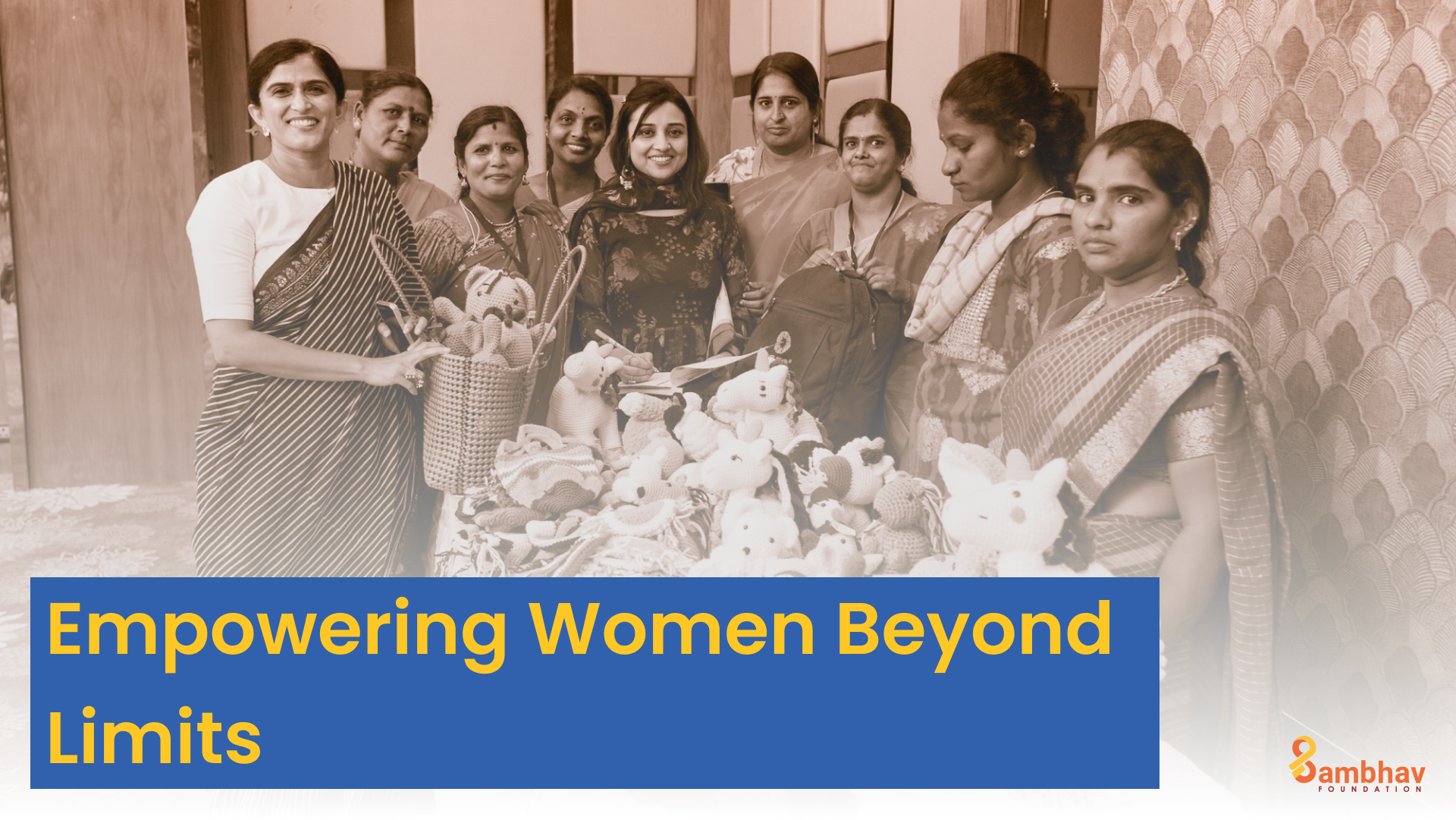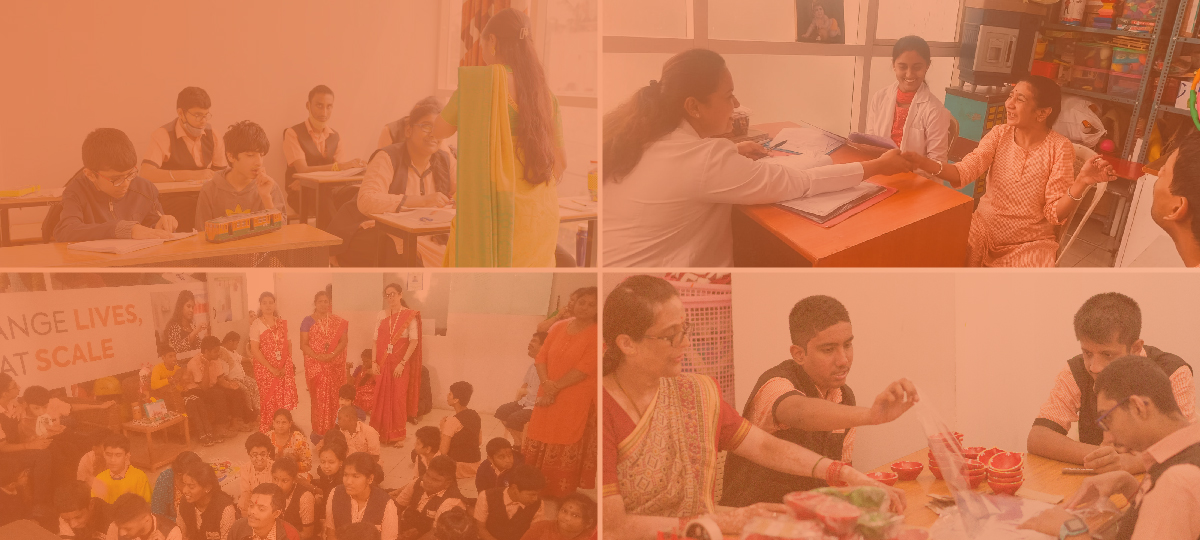The challenges of Human Resource Management are one of the more underrated aspects of work in the social sector. A 2019 report by Dasra indicated that for social enterprises, talent management was the second biggest challenge after fundraising.
The same report also showed that 63% of NGOs surveyed didn’t have a formal ‘HR plan linked in organisation strategy’. Why does this happen? What can organisations do about it? These are questions we will be exploring in the latest edition of Impact at Scale.
1 Question.
- What strategies can NGOs and social enterprises work to hire and retain talent?
2 Perspectives
- People-centric by default. People are at the centre of the work NGOs do. So while other corporate organisations can bring in technology and processes that can make their own workforce redundant, that’s not the case with NGOs. Finding and retaining good resource persons is crucial to their work, and often directly linked to social impact.
- The pressure of scale. Most social enterprises start out with a small team and a solid sense of purpose. But the pressure to do more, to scale operations and bring in efficiency causes strain. At the same time, there’s a cap on the usage of funds — talent management is neatly relegated to “overheads” in projects — that make their work challenging. We need to resolve this.
3 Factors
- Appeal to the professional. This seems like a counter-intuitive way to attract people. Rather than appealing to the emotions of prospective candidates, organisations need to appeal to the professional side of people. Rather than saying something vague about “social change and healthcare” say “We are promoting community healthcare.”
Pitching the area of work (‘tackling NCD burden in north rural2 Karnataka, for instance) allows doctors and healthcare workers already inclined towards the social sector to clearly see how they can make a difference.
- Recruit from within. There are several examples of NGOs who have done this successfully — trained their “beneficiaries” to become grassroots workers or even mid-management professionals. The benefits of doing this are rather obvious, but a word of caution: it’ll only work if you are in it for the long haul.
A few aspects that can help: Curate a list of alumni/beneficiaries for the long run. Keep an open door policy and communicate it to beneficiaries. Your frontline workers are the best resources to identify potential recruits — loop them into the hiring/talent management process early.
- Money, and something more. There’s a misguided notion that passion is enough to sustain all endeavours in the social sector. Passion and dedication to a cause are important. But development sector professionals often get shortchanged when it comes to compensation or professional aspirations.
We need more funders to come forward with unrestricted grants to support institution building or even talent management. Setting up fellowships for frontline workers in specific sectors — in addition to their regular income — is one approach.
Those NGOs struggling with funds could have an open mind about their employees taking up other part-time work. You could even support your frontline employees to set up a side business or other avenues of earning an income.
Sometimes, it’s not just about more money. Providing employees opportunities to transition to management, basic social security benefits, support in children’s education, and attending conferences or seminars (in India or abroad) all go a long way in retaining employees.
Until next time,
Dr. Gayathri Vasudevan




